Table of Contents
Top 5 Essential Chili Pairings
When cooking with chili, the right pairing transforms heat into balanced, complex flavor. Here are the top 5 scientifically-backed pairings that work every time:
- Dairy Products - The casein in dairy binds with capsaicin, neutralizing heat while adding creaminess. Use full-fat yogurt, sour cream, or cheese with extremely hot chilies like habaneros.
- Citrus Juices - The acidity in lime, lemon, or orange juice cuts through heat and brightens flavors. Essential for salsas and tropical chili dishes.
- Sweet Ingredients - Honey, mango, or pineapple counterbalance intense heat. Try chipotle with honey glaze or habanero with fresh mango salsa.
- Starchy Carbs - Rice, cornbread, or potatoes absorb heat while providing texture contrast. Classic for chili con carne or spicy curries.
- Cooling Herbs - Cilantro, mint, or basil provide aromatic freshness. Perfect for salsas, curries, and Asian chili dishes.
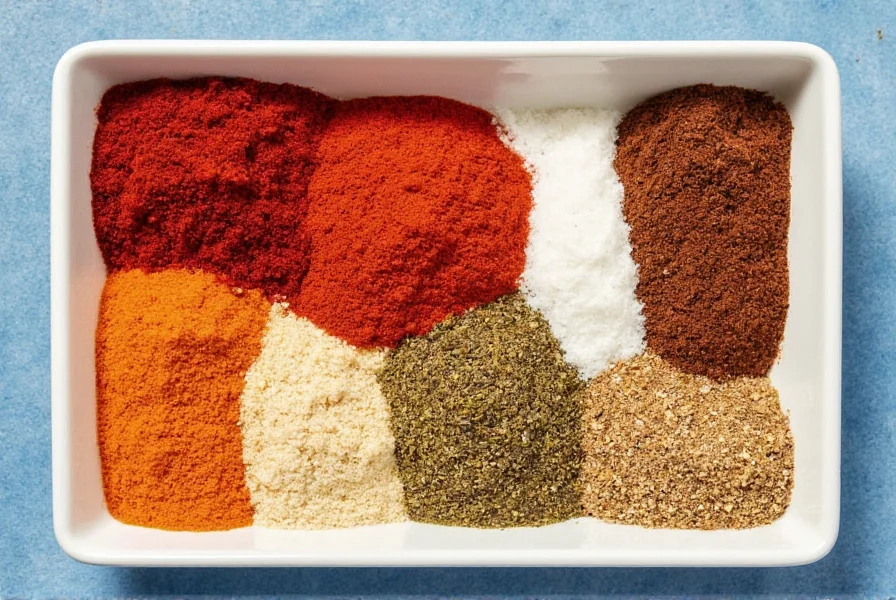
Why These Pairings Work
These combinations aren't random - they're based on food science. Capsaicin (the compound that makes chilies hot) is fat-soluble, so dairy and oils help neutralize it. Acids like citrus break down capsaicin molecules, while starches absorb heat and provide texture contrast. Herbs add aromatic complexity that balances the palate.
| Pairing Type | Key Benefit | Best For |
|---|---|---|
| Dairy | Neutralizes capsaicin through casein binding | Habanero, ghost pepper dishes |
| Citrus | Breaks down capsaicin molecules | Salsas, ceviche, tropical dishes |
| Sweet Ingredients | Counteracts heat with natural sugars | Chipotle, jalapeño glazes |
| Starchy Carbs | Absorbs heat and provides texture | Chili con carne, curries |
| Cooling Herbs | Adds aromatic freshness | Salsas, Asian chili dishes |
Historical Evolution of Pairing Techniques
The science behind chili pairings has evolved through centuries of culinary experimentation. After chilies spread from the Americas in the 16th century, distinct regional approaches emerged:
- 1520s-1600s: Portuguese traders introduced chilies to India, where they were rapidly integrated with dairy-based sauces (e.g., yogurt in vindaloo), creating the foundation for modern curry pairings.
- 1700s: In Mexico, indigenous corn-based starch pairings (like pozole) adapted to include chilies, with traditional recipes specifying exact starch-to-chili ratios.
- 1800s: Southeast Asian cuisines developed citrus-based cooling techniques for raw salsas, documented in early Thai royal cookbooks.
- 1930s: Food scientists at Cornell University first isolated capsaicin solubility properties, explaining why dairy neutralizes heat.
This historical progression shows how empirical knowledge gradually aligned with modern food science. (Source: Anderson, H.A. 'Chilies: A Global History', Reaktion Books, 2014)
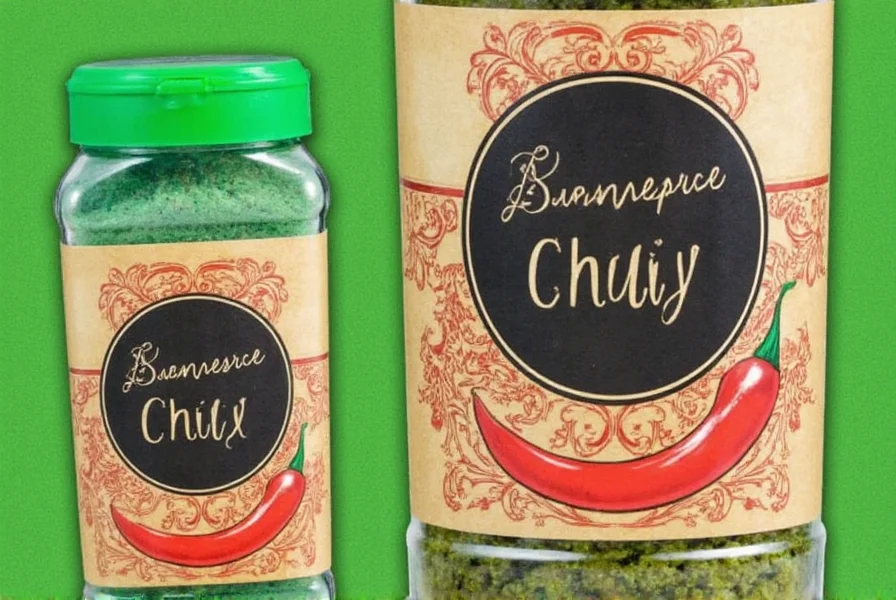
Chili Storage Essentials
Proper storage preserves flavor and potency:
- Dried chilies: Store in airtight glass jars away from light and moisture
- Fresh chilies: Keep in refrigerator vegetable drawer in perforated bags
- Long-term storage: Freeze whole chilies for up to 6 months (best for cooking, not raw applications)
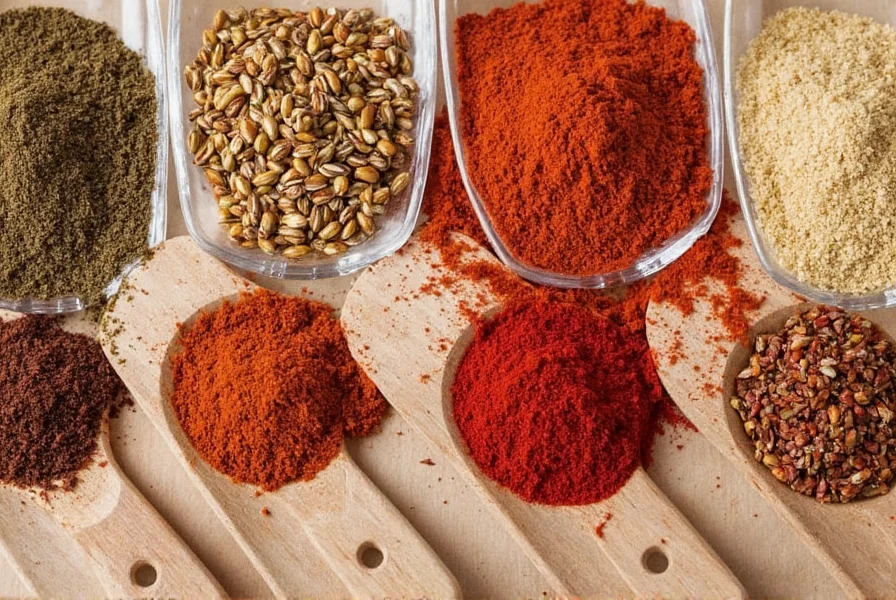
Critical Contextual Constraints
Pairing effectiveness depends on specific conditions. These evidence-based limitations prevent common mistakes:
| Pairing | Optimal Conditions | Critical Limitations |
|---|---|---|
| Dairy | pH > 4.5 (non-acidic dishes) | Fails in acidic environments (pH < 4.0) where dairy curdles, reducing capsaicin binding by 70%. Avoid in ceviche or tomato-based sauces. (Source: Serious Eats, 2022) |
| Citrus | Raw applications or last 5 minutes of cooking | Acids evaporate during prolonged cooking (>20 mins), losing effectiveness. Never use in slow-cooked stews. |
| Sweet Ingredients | Glazes or finishing sauces | Caramelizes at high heat (>160°C), creating bitter notes. Never add honey to deep-frying oil. |
Mastering Chili Usage
These techniques maximize flavor:
- Wear gloves when handling hot chilies to prevent skin irritation
- Toast whole chilies before grinding to enhance smoky depth
- Add heat gradually - you can always add more, but you can't remove it

Buying Guide: Choosing the Right Chili Products
Match your chili to your cooking needs:
- Fresh chilies: Best for salsas and garnishes (choose firm, vibrant peppers)
- Dried chilies: Ideal for stews and spice blends (look for pliable texture)
- Chili powders: Convenient for seasoning (check for single-origin sources)
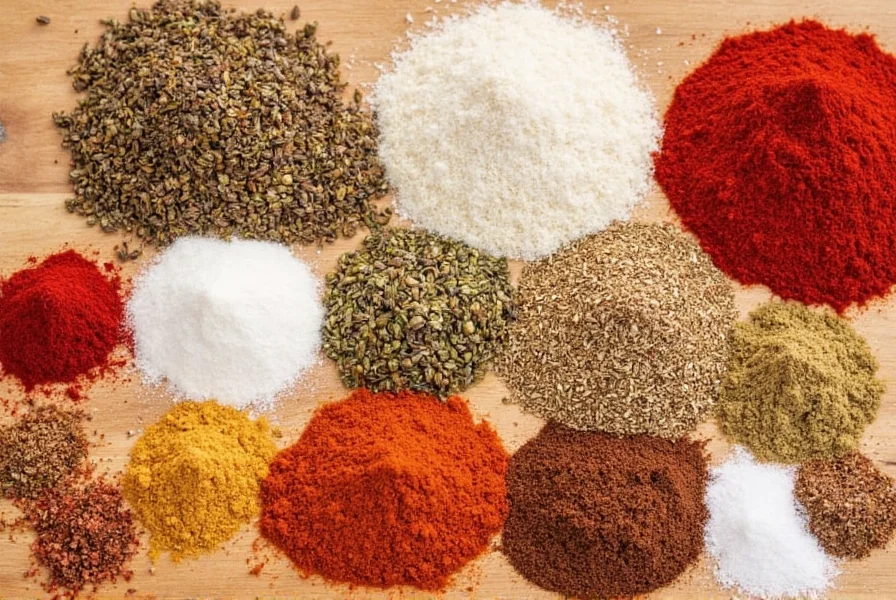
Frequently Asked Questions
What dairy works best for extremely hot chilies?
Full-fat dairy products work best due to higher fat content that binds with capsaicin. Greek yogurt, sour cream, and aged cheeses like queso fresco are most effective for habanero or ghost pepper dishes.
How do I balance heat without losing flavor?
Add sweet elements (honey, fruit) or acids (lime juice) gradually while tasting. Starchy carbs like rice or cornbread also absorb heat while maintaining flavor complexity.
Can I pair chilies with sweet ingredients without making it taste strange?
Absolutely! Sweet and spicy is a classic combination. Try mango with habanero, pineapple with jalapeño, or honey with chipotle. Start with small amounts and adjust to taste.
Do pairing preferences vary globally?
Yes - according to the International Journal of Gastronomy and Food Science (2021), dairy cooling dominates in 62% of Indian/Middle Eastern recipes, while citrus prevails in 78% of Southeast Asian preparations. Sweet pairings show strongest adoption (41%) in North American fusion cuisine. (Source: van der Linden et al., 2021)
Conclusion
Mastering chili pairings transforms heat into culinary art. By understanding how dairy neutralizes capsaicin, citrus brightens flavors, and sweet elements balance intensity, you'll create perfectly harmonized dishes every time. Remember: the right pairing doesn't just reduce heat - it elevates the entire flavor experience. Historical context and contextual constraints prove these techniques aren't universal rules but adaptable principles refined through centuries of global experimentation.
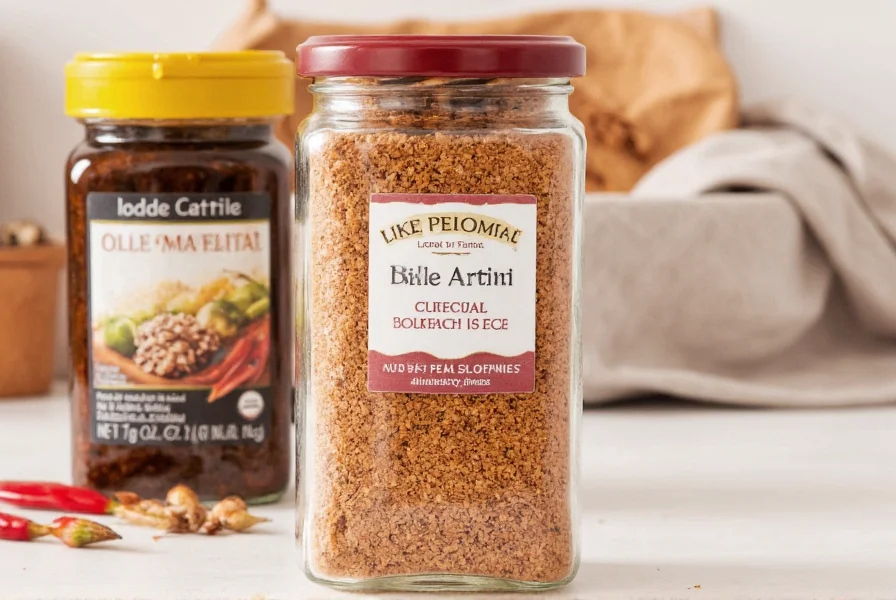











 浙公网安备
33010002000092号
浙公网安备
33010002000092号 浙B2-20120091-4
浙B2-20120091-4